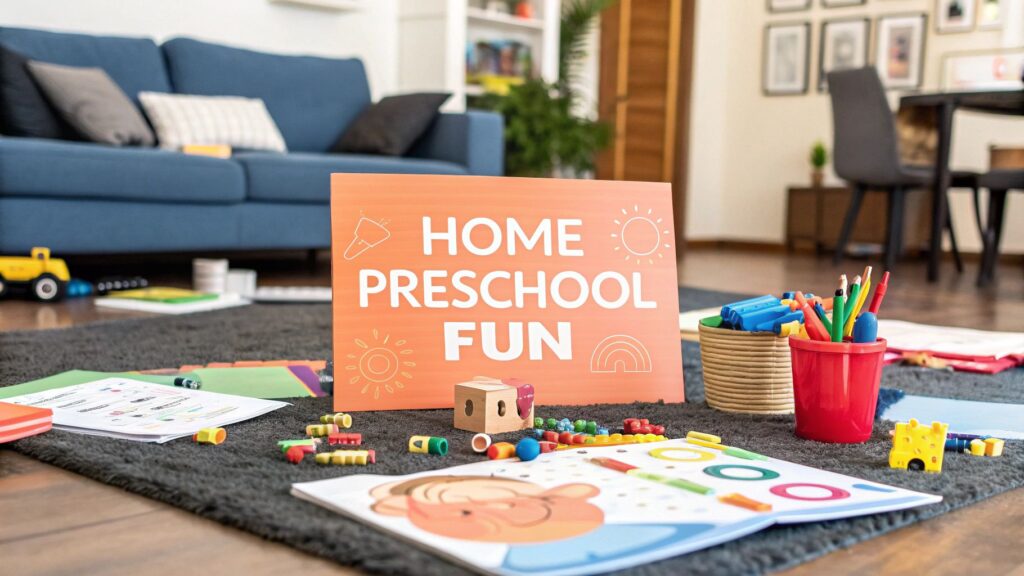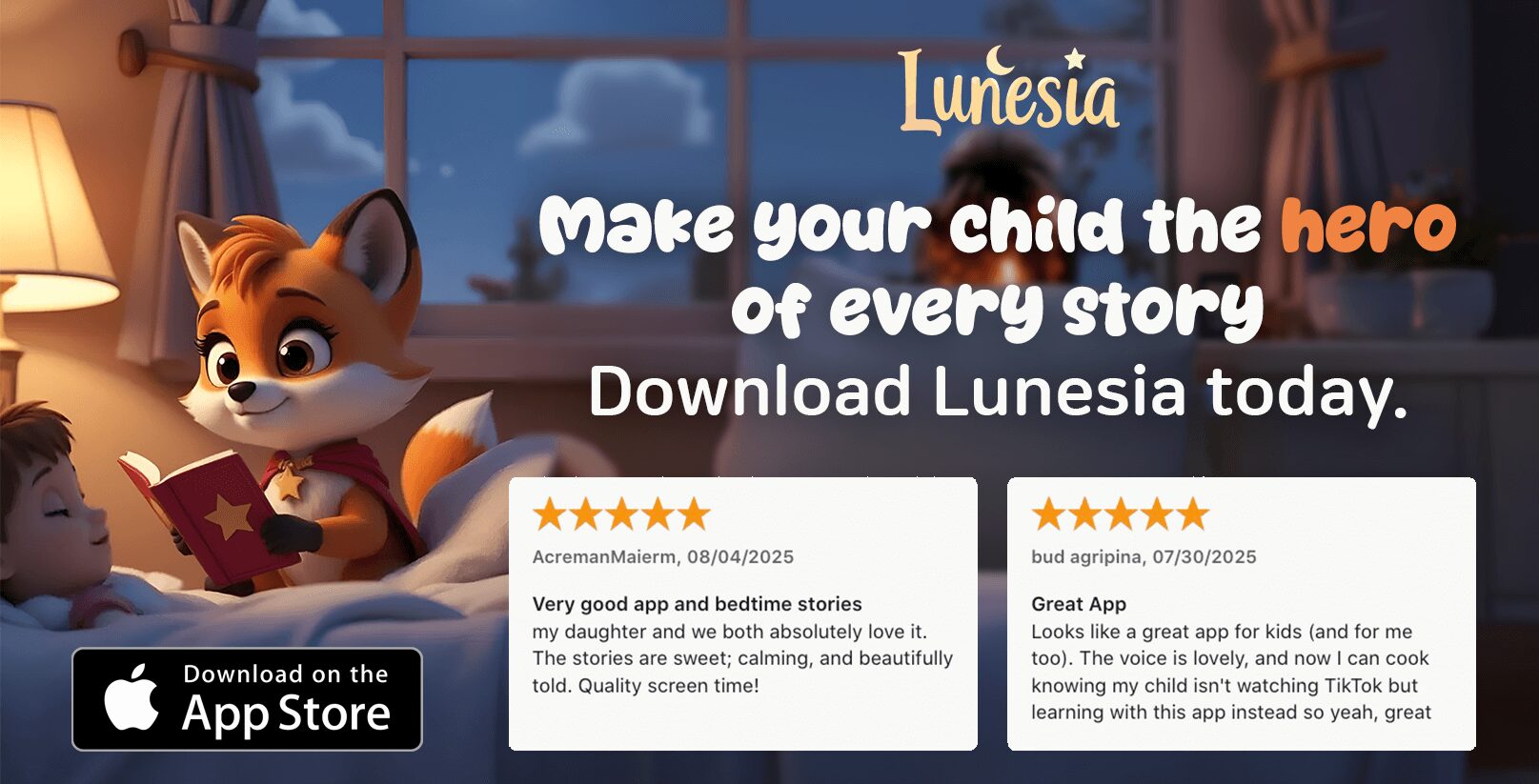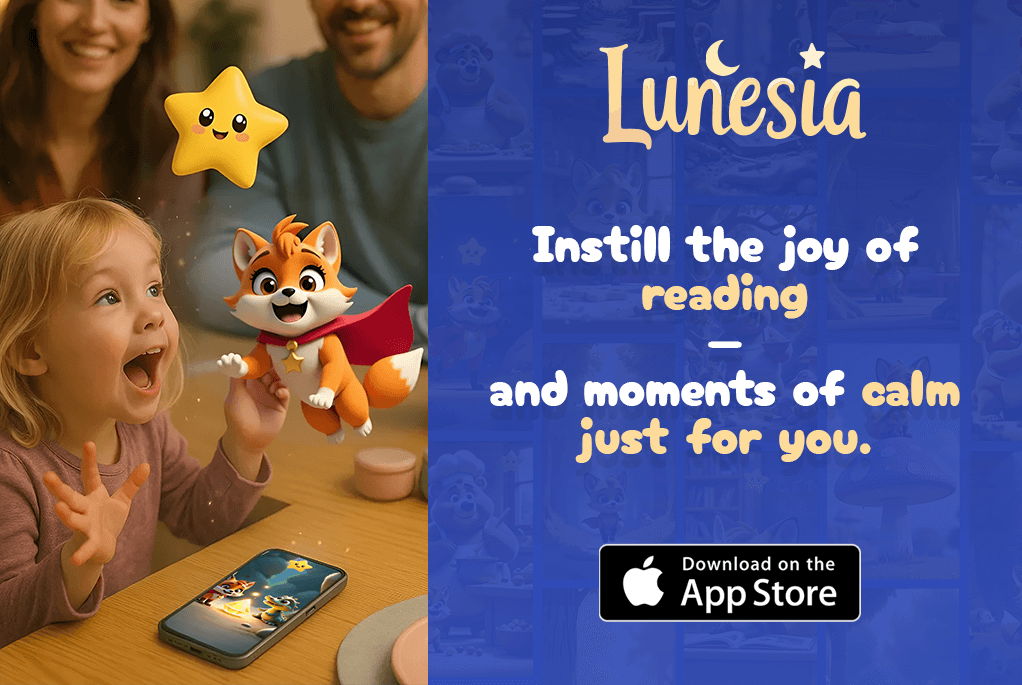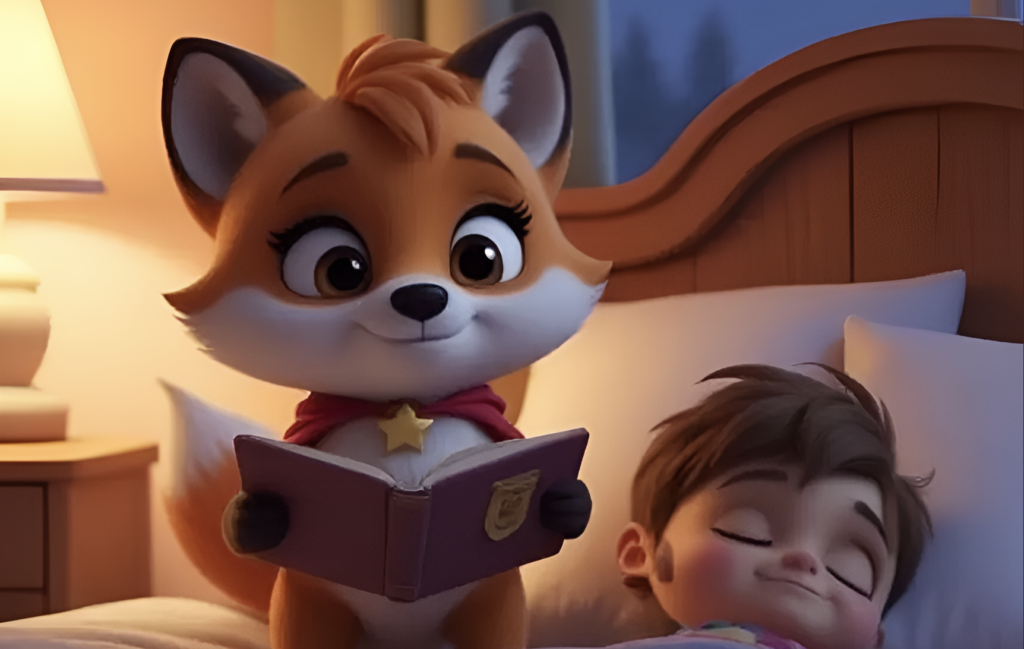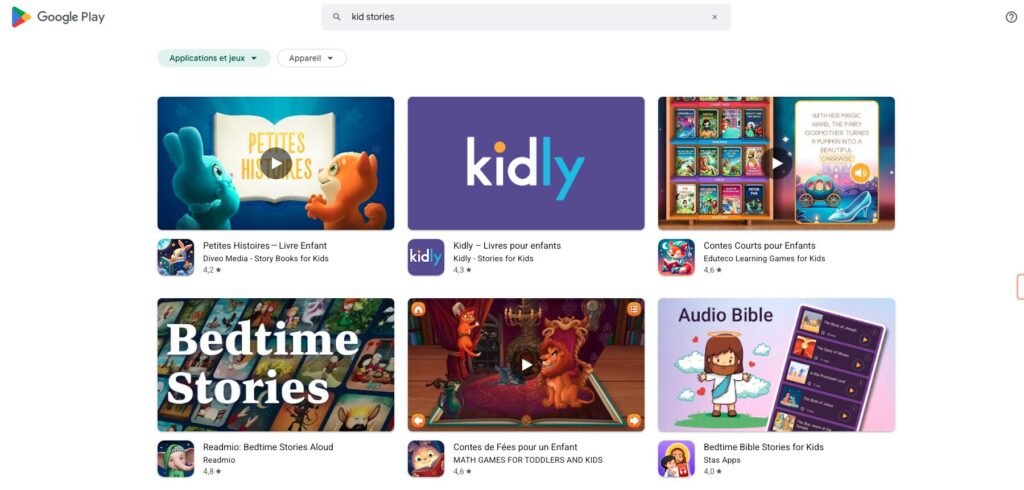Ever feel like you’re juggling a dozen balls, trying to be a loving parent, a patient teacher, and still find a spare second for yourself? What if you could transform everyday moments into powerful learning opportunities that feel like pure fun for your child? It’s not about elaborate setups or expensive supplies. It’s about tapping into your child's natural curiosity and turning your home into a vibrant, safe learning space.
This shift in perspective is powerful. Did you know that high-quality, play-based learning at home can significantly boost a child's cognitive and social development? In fact, research shows it sets the strongest foundation for school. Forget the pressure and the endless searching for ideas. We've gathered nine simple, potent, and genuinely fun preschool learning activities at home that will not only prepare your little one for academic success but also strengthen your bond. When you're transforming your home into a vibrant learning space, remember the importance of child-safe materials. For instance, consider guidance on choosing non-toxic paint for kids to ensure their creative explorations are worry-free.
Each activity is designed to be low-prep and high-impact, covering everything from early literacy and math to science and creative expression. And for those moments when you need a trusted ally, what if a sprinkle of digital magic could be a game-changer? Imagine turning screen time into an adventure in kindness and courage with interactive stories from Lunesia, giving you that much-needed, guilt-free break while your child builds crucial emotional skills. Ready to make learning the best part of their day? Let's dive in.
1. Letter Sound Scavenger Hunt
Have you ever noticed how your preschooler’s eyes light up when they turn learning into a game? The Letter Sound Scavenger Hunt is one of the most effective preschool learning activities at home because it transforms phonics practice from a sit-down chore into a full-body adventure. Instead of just pointing at flashcards, what if your child could move, explore, and connect abstract sounds to tangible, everyday objects?

The concept is beautifully simple: you announce a letter sound, and your little detective dashes off to find items that start with it. For the "buh" sound, they might proudly return with a ball, a book, and a banana. This method builds foundational phonemic awareness, a skill that studies show is a key predictor of future reading success. It’s all about teaching their ears to hear the sounds within words before they even start to read them.
How to Get Started
Setting up this activity takes less than a minute. You just need your voice, your home, and an enthusiastic child.
- Start with Sounds, Not Names: Begin by focusing on the phonetic sound of the letter, not its name. Say, "Let's find something that starts with the 'ssss' sound," instead of "Let's find things for the letter S." This directly links the sound to the object, which is crucial for early reading.
- Keep it Simple: Don't overwhelm them. Choose 3-5 familiar letter sounds for your first hunt (like 'm', 's', 't', 'p'). A quick win builds confidence for the next round!
- Make it Visual: Gather the "treasures" in one spot, like on a small mat or in a basket. Seeing the collection of items that all start with the same sound reinforces the concept visually.
Take It to the Next Level
Ready to add a twist? Transform your scavenger hunt into a story. Imagine you're explorers searching for supplies for an adventure. "We need something that starts with 'ah' for our apple treehouse!" This narrative approach makes learning feel magical.
For an even deeper dive, Lunesia offers interactive stories where children don’t just listen—they make decisions. After a hunt for objects starting with 'k' (like keys or a kite), you could dive into a Lunesia story where the main character has to make a choice involving kindness. This seamlessly connects phonetic learning with character development, helping your child build not just their vocabulary but also their empathy and decision-making skills in a safe, ad-free world.
2. Kitchen Math Adventures
Did you know the best place to learn foundational math skills might be right in your kitchen? Kitchen Math Adventures turns meal prep into one of the most delicious preschool learning activities at home, transforming abstract numbers into tangible, hands-on experiences. Instead of worksheets, your child gets to pour, mix, and count their way to understanding concepts like measurement, fractions, and sequencing in a real-world context.
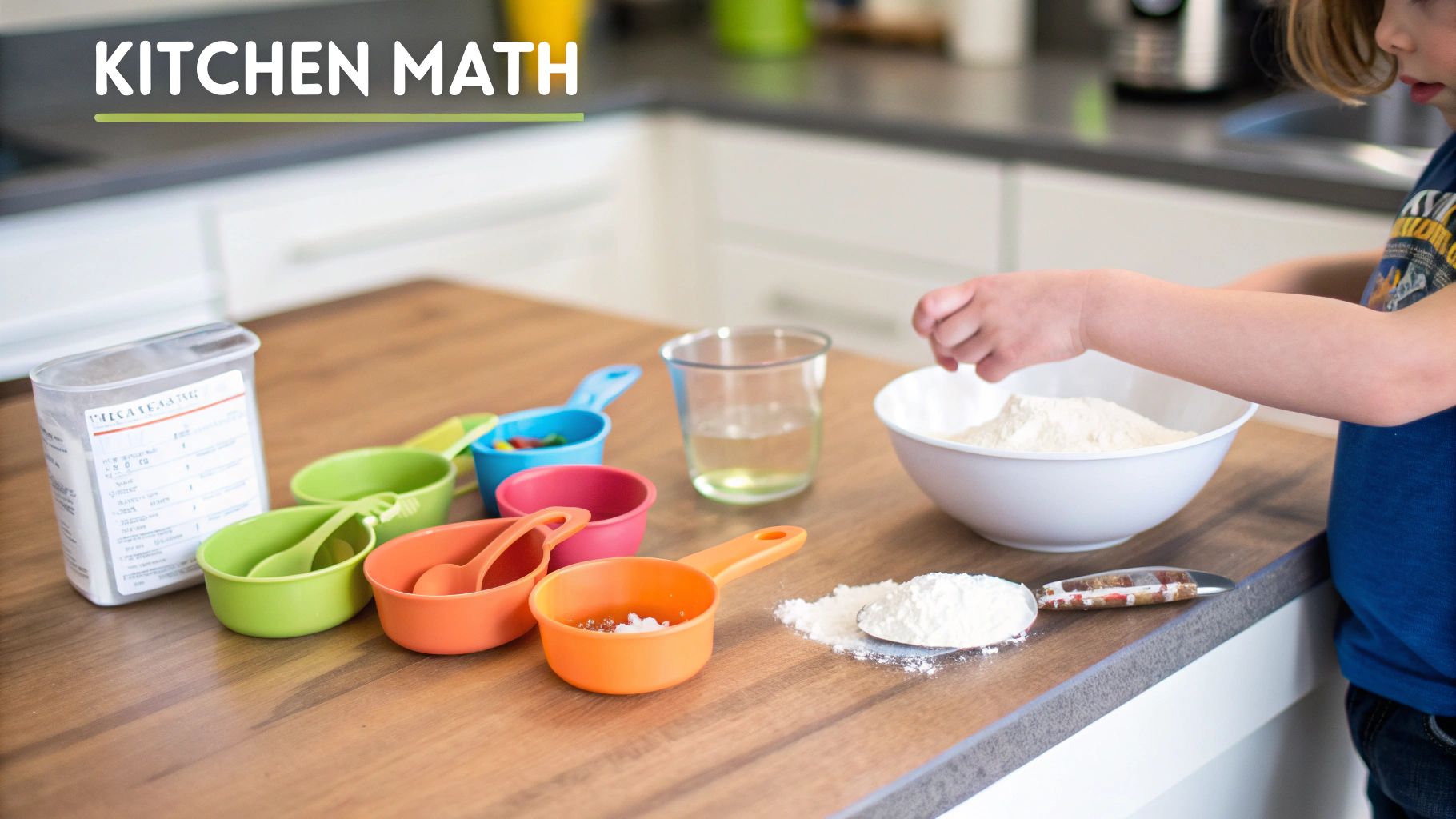
The idea is simple yet powerful: involve your child in cooking. When they help you measure 1 cup of flour, they're not just learning numbers; they're grasping the concept of volume. When they count out five chocolate chips for each pancake, they’re practicing one-to-one correspondence. This practical approach makes math meaningful. It answers the "why" behind numbers, showing how they help create something yummy to eat.
How to Get Started
You don't need to be a professional chef to get started; all you need is a simple recipe and a little patience.
- Start Simple: Begin with easy recipes like smoothies, fruit salads, or no-bake cookies. These involve basic counting ("add three strawberries") and measuring without the stress of a hot stove.
- Make it Visual: Use clear measuring cups so your child can see the volume of ingredients. Create simple, picture-based recipe cards they can follow, empowering them to take the lead.
- Talk Through the Steps: Narrate what you’re doing to introduce sequencing. Say, "First, we wash the berries. Next, we put them in the bowl. Last, we mix them all up!" This builds their understanding of logical order.
Take It to the Next Level
Ready to blend more learning into your baking? Turn recipe following into a story about teamwork and problem-solving. "Oh no, we need to double the recipe to share with Grandma! How many eggs do we need now?" This encourages critical thinking and collaboration.
You can extend this theme with the Lunesia app. After baking cookies together—a process that requires patience and following directions—you could explore a Lunesia story where the main character must make a choice about sharing or being patient. This creates a powerful link between a hands-on activity and the development of core values like generosity and self-control, all within a captivating, ad-free storytelling experience.
3. Nature Journaling and Observation
Ever wonder how to get your curious preschooler to slow down and truly see the world around them? Nature Journaling and Observation turns a simple walk in the backyard into a scientific expedition. This is one of the most powerful preschool learning activities at home because it nurtures a child's innate sense of wonder, transforming them into keen observers and budding scientists. Instead of just running past a flower, they learn to notice its color, count its petals, and wonder about the bee buzzing nearby.
The idea is to document the natural world through drawings, notes, and collected treasures like leaves or feathers. Your child might draw the sparrows visiting a feeder, track the growth of a bean seed, or create symbols for sunny and rainy days. It’s an activity that builds critical thinking, fine motor skills, and a profound connection to the environment. It teaches them that learning isn’t confined to a classroom; it’s everywhere.
How to Get Started
You don't need to be a botanist to begin; all you need is a notebook, some crayons, and a patch of nature—even if it's just a single potted plant on your balcony.
- Keep it Short and Sweet: Start with brief, 10-15 minute observation sessions. The goal is to build a habit of focused looking, not to complete a masterpiece.
- Embrace Every Mark: Focus on the act of observing, not the artistic quality. Whether their drawing of a bird looks more like a potato or a perfect finch, praise their effort in looking closely. Say, "I love how you noticed its tiny black eye!"
- Provide Simple Tools: A magnifying glass can make an ordinary ant or leaf seem extraordinary. A bound notebook helps your child see their progress over time, creating a treasured keepsake of their discoveries.
Take It to the Next Level
Once your child is comfortable with basic observation, you can weave their findings into grander narratives. After journaling about a brave little sprout pushing through the soil, you can explore a story about resilience and growth.
This is where Lunesia can beautifully extend the learning. After your child documents a spider spinning its web, you could dive into a Lunesia story about a small creature who uses its unique skills to solve a big problem. This connects their real-world scientific observation with powerful lessons in self-worth and creative problem-solving. It’s a seamless way to link the wonders of the natural world to the development of a strong, confident inner world, all within a safe and ad-free digital space.
4. Story Stones and Creative Storytelling
What if your child could build a brand new world with just a few painted rocks? Story Stones are one of the most magical preschool learning activities at home because they turn imagination into a tangible, hands-on game. Instead of just listening to a story, your child becomes the author, using simple visual prompts to invent characters, settings, and exciting plot twists.
The idea is elegantly simple: your child pulls a few stones with pictures on them (like a king, a castle, and a dragon) and weaves them into an original narrative. This method builds crucial language skills, narrative structure, and creative confidence. It’s an exercise in spontaneity that teaches kids how to organize their thoughts, express complex ideas, and even work through big feelings in a safe, imaginative way.
How to Get Started
You can dive into this activity with a few smooth stones from the garden and some paint, or even just pictures cut from a magazine.
- Model First, Create Second: Start by telling a story yourself using 2-3 stones. Say, "Once upon a time, a brave knight (show the knight stone) discovered a mysterious key (show the key stone)…" This gives them a clear and simple framework to follow.
- Keep the Cast Small: To avoid overwhelming your preschooler, begin with just three story elements. This helps them focus on creating a beginning, middle, and end without getting lost.
- Create Themed Sets: Make bags of stones with specific themes, like "Ocean Adventure" (fish, boat, island) or "Forest Friends" (bear, tree, river). This provides a gentle structure to spark their creativity.
Take It to the Next Level
Ready for a new chapter? Challenge your child to tell a story from a different character's perspective. What did the dragon think about the knight finding the key? This simple shift builds empathy and critical thinking skills. You can find more inspiration for storytelling activities for kids to keep the adventures fresh.
For an even more immersive experience, the Lunesia app acts like a digital set of story stones. After creating a physical story about a character who has to be brave, your child can jump into a Lunesia adventure where they must make a courageous choice. This powerful combination connects their own creative play with interactive narratives, reinforcing vital life skills like problem-solving and resilience in a safe, ad-free world.
5. Sensory Learning Bins
What if you could give your child an entire world of learning contained in a simple box? Sensory Learning Bins are one of the most powerful preschool learning activities at home because they invite children to learn through their most natural instinct: touch. Instead of just looking at pictures, your child can plunge their hands into a tactile universe, strengthening neural pathways and making learning a multi-sensory experience.
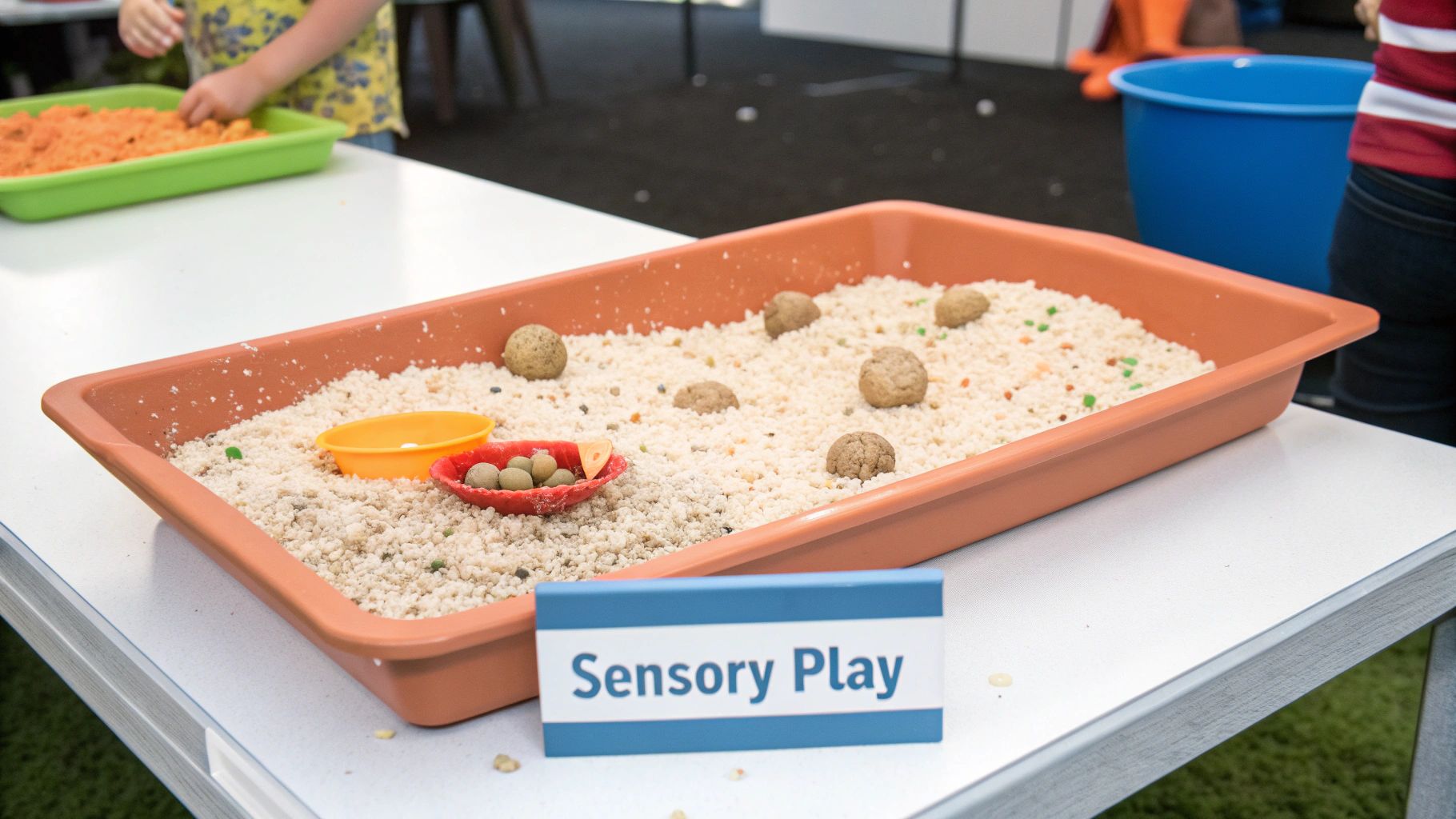
Often recommended by occupational therapists, these contained play spaces are filled with materials like rice, beans, or sand, along with tools for exploration. Imagine a construction-themed bin with kinetic sand and toy vehicles, or an ocean bin with blue-dyed rice, shells, and sea creatures. This hands-on play is incredible for developing fine motor skills, mathematical concepts like volume and measurement, and even managing big emotions by providing a calming, focused outlet.
How to Get Started
Creating a sensory bin is easier than you think and provides hours of engagement. All you need is a container and some creativity.
- Choose a Base: Use a large, shallow storage container with sides high enough to minimize mess. Fill it with a base material like dry pasta, oats, water beads, or even shredded paper.
- Pick a Theme: Start with a simple theme your child loves. For a "gardening" theme, use black beans as "soil," add some silk flowers, small pots, and a trowel.
- Add Tools: The magic is in the manipulation. Include tools like scoops, tongs, funnels, and small cups. These encourage scooping, pouring, and transferring, which are fantastic for building hand strength and coordination.
- Set the Stage: Lay down a towel or an old shower curtain underneath the bin for stress-free cleanup.
Take It to the Next Level
Ready to weave storytelling into tactile play? Create a bin that connects to a specific narrative. After listening to a story about a brave knight, you could create a "dragon's lair" bin with red and orange lentils, "gold" coins, and small pebbles. This allows your child to physically re-enact the story, deepening their comprehension and emotional connection to the themes.
This is a perfect moment to pair with the Lunesia app. After your child explores an ocean-themed sensory bin, they could dive into a Lunesia story about a little fish facing a big decision. This method connects their hands-on play with abstract concepts like courage and problem-solving, creating a rich, layered learning experience that nurtures both their mind and their character.
6. Pattern Block Geometry Games
What if you could introduce your child to geometry, patterns, and symmetry without them even realizing they're learning math? Pattern Block Geometry Games are one of the most powerful preschool learning activities at home because they make abstract concepts like spatial reasoning feel like creative play. Using colorful wooden or plastic shapes, children can build anything their imagination desires, from a symmetrical butterfly to a soaring rocket ship.
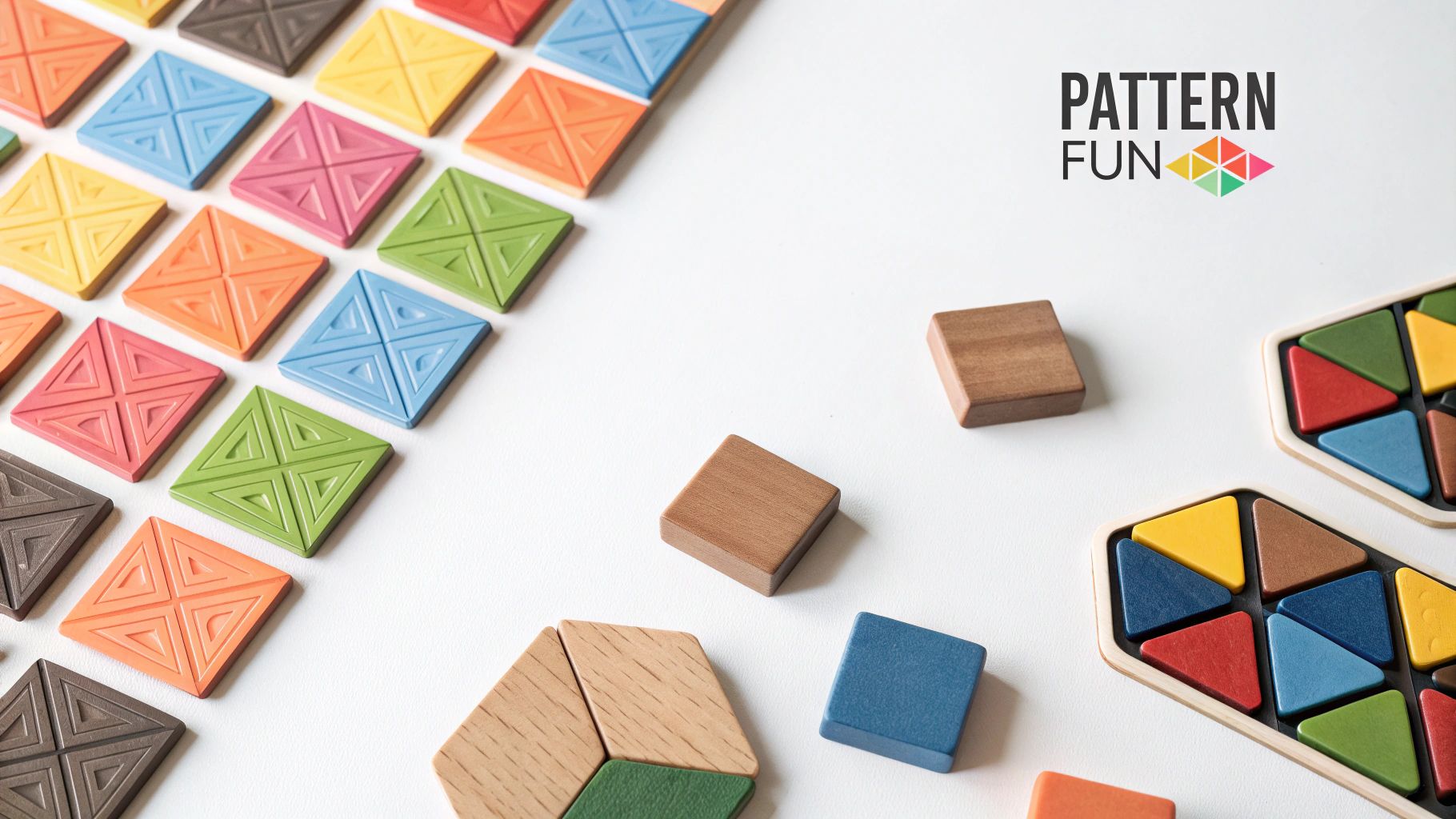
This hands-on method allows children to physically manipulate shapes to understand how they fit together. As they turn a rhombus or fit two trapezoids into a hexagon, they aren't just playing; they are building a foundational understanding of geometry, problem-solving, and critical thinking. This tactile experience helps cement mathematical concepts far more effectively than a worksheet ever could.
How to Get Started
Getting started with pattern blocks is as easy as opening the box. The intuitive nature of the shapes invites immediate exploration.
- Offer Freedom First: Before introducing any rules, simply let your child explore the blocks. Let them stack, sort, and create freely. This builds familiarity and confidence with the shapes.
- Introduce Vocabulary: As they play, use mathematical language naturally. Say, "You used two trapezoids to make a hexagon!" or "That looks like a symmetrical pattern." This connects their play to real geometric terms.
- Use Pattern Cards: Start with simple pattern cards that show an outline, and have your child fill it in. As they advance, they can move to more complex designs or even try to replicate a picture without the outline.
Take It to the Next Level
Ready to blend shapes with stories? Create a "build a scene" challenge. "Let's build a castle for a brave knight! What shapes will we need for the tall towers?" This narrative framework transforms the activity into an epic adventure, encouraging creativity alongside mathematical thinking. For even more ways to build these essential skills, explore these problem-solving games for preschoolers.
The Lunesia app beautifully complements this by taking problem-solving into the digital realm. After your child builds a physical bridge with their blocks, they can dive into a Lunesia story where a character must figure out how to cross a river by making a clever choice. This powerful combination of hands-on and narrative-based learning helps your child see that problem-solving isn't just a math skill, but a life skill used in adventures every day.
7. DIY Science Experiments
What happens when you mix a little curiosity with common household items? You get a kitchen-table laboratory where your preschooler can become a scientist! DIY Science Experiments are some of the most powerful preschool learning activities at home because they transform abstract concepts like cause and effect into thrilling, hands-on discoveries. Instead of just hearing about why things float or fizz, your child gets to see it, touch it, and understand it firsthand.
This approach is all about fostering a "wonder mindset." When your child combines baking soda and vinegar to create a mini-volcano, they aren't just making a mess; they're witnessing a chemical reaction. When they see that oil and water don’t mix, they’re learning about density. These simple investigations build critical thinking skills, encourage observation, and lay the groundwork for a lifelong love of learning and discovery.
How to Get Started
You don’t need a fancy lab coat or expensive equipment. Your kitchen is the perfect place to begin exploring the wonders of science.
- Start Simple and Safe: Choose experiments with predictable, "wow-factor" outcomes. The classic baking soda and vinegar volcano is a perfect start. Mixing oil, water, and food coloring is another safe and visually fascinating option.
- Encourage Predictions: Before you start, ask, "What do you think will happen when we add this?" This simple question turns your child from a passive observer into an active scientific thinker. It's okay if their prediction is wrong; the goal is to practice making hypotheses.
- Document Your Discoveries: Have your child draw or take a photo of the experiment before and after. This helps them process their observations and reinforces the concept of change over time.
Take It to the Next Level
Ready to connect science with storytelling? Frame your experiment as a mission. "We're brave explorers on a new planet! We need to test this strange bubbling liquid to see if it’s safe." This narrative layer turns a simple reaction into an unforgettable adventure.
You can extend this journey with the Lunesia app. After an experiment exploring how plants absorb water (using celery and colored water), you could jump into a Lunesia story about a magical forest. In the story, your child might need to decide how to help a thirsty plant, applying their newfound scientific knowledge to a problem. This connection reinforces learning and teaches them that understanding the world helps us make kind and helpful choices, nurturing both their intellect and their heart in a safe, ad-free space.
8. Dramatic Play Learning Centers
What if you could set up an entire classroom of learning inside your living room, disguised as pure fun? Dramatic Play Learning Centers are one of the most powerful preschool learning activities at home because they immerse children in real-world scenarios, turning your space into a vibrant hub of imagination and education. Instead of learning about numbers on a worksheet, your child can be a baker selling cookies, a vet helping a sick teddy bear, or a postal worker delivering mail.
The idea is to create a themed play area that simulates a real place, like a grocery store or a restaurant. As children engage in role-play, they naturally practice math, literacy, and social skills in a meaningful context. A 2018 study in Early Childhood Education Journal found that this kind of play significantly enhances social competence and emotional regulation. They’re not just playing; they're problem-solving, negotiating roles, and making sense of the world around them.
How to Get Started
Creating a rich play environment is easier than you think. You don't need expensive toys, just a little creativity and a few props to set the scene.
- Choose a Simple Theme: Start with a familiar setting your child understands, like a Grocery Store. Use empty food boxes, create simple price tags, provide a toy cash register or calculator, and make a shopping list together.
- Include Authentic Props: Use real-life items (safely, of course) to make the experience more immersive. An old keyboard for an office, empty spice jars for a restaurant kitchen, or real envelopes for a post office can make a world of difference.
- Let Your Child Lead: Invite them to help create the props and set up the center. When they help make the "Open" sign or draw pictures for the menu, they become more invested in the play.
Take It to the Next Level
Ready to deepen the learning? Connect the play scenario to a real-life challenge or story. Before playing "vet," perhaps you can talk about what it means to care for animals when they feel scared or anxious. This ties their imaginative play to real-world values and emotional resilience.
This is where the Lunesia app can beautifully extend the experience. After your child has spent the afternoon playing "doctor" and showing empathy to their stuffed animals, you can open a Lunesia story where the main character must decide how to help a creature who is sad or hurt. This bridges the gap between pretend play and internal character development, reinforcing concepts like kindness and compassion in a dynamic, interactive way within a completely safe, ad-free environment.
9. Music and Movement Learning
Did you know that when your preschooler wiggles to a song, they're actually hardwiring their brain for learning? Music and Movement Learning is one of the most joyful preschool learning activities at home because it taps into a child’s natural urge to move. It’s a powerful, multi-sensory approach that combines rhythm, melody, and physical motion to teach everything from the alphabet to emotional regulation.
This method understands a fundamental truth: young children learn with their whole bodies. When a child sings a counting song while clapping or stomps their feet to a song about colors, the concepts become embedded in their memory far more effectively than just hearing them spoken. This active engagement makes abstract ideas like numbers and letters feel concrete and fun.
How to Get Started
You don't need a music degree to bring this activity to life. All it takes is a willingness to be a little silly and press play.
- Start Simple: Begin with familiar, repetitive songs like "The Wheels on the Bus" or "Head, Shoulders, Knees, and Toes." The predictability helps children feel confident and join in quickly.
- Add Props: Enhance the experience with simple props. Wave colorful scarves during a song about the wind, or hand out shakers (a plastic bottle with rice works great!) to practice rhythm.
- Allow for Creativity: Encourage your child to invent their own movements. If they want to hop like a frog during a song about fish, let them! This empowers their creativity and makes the activity their own.
Take It to the Next Level
Ready to turn up the volume on learning? Create themed playlists. Put together a "weather" playlist with songs about rain, sun, and snow, complete with corresponding movements. For a more personalized musical journey, parents can even explore options for learning how to make your own karaoke videos, turning favorite learning songs into interactive sing-alongs.
To seamlessly blend this physical activity with quiet reflection, try pairing it with a Lunesia story. After dancing to a high-energy song about friendship, you can transition to a Lunesia adventure where your child helps a character navigate a social challenge, like sharing or being a good friend. This combination of energetic play and thoughtful decision-making helps them connect concepts of kindness and empathy to both physical expression and quiet contemplation. Explore our guide to mindfulness activities for preschoolers for more ways to create this balance.
Preschool Home Activities Comparison
| Activity | Implementation Complexity 🔄 | Resource Requirements ⚡ | Expected Outcomes 📊 | Ideal Use Cases 💡 | Key Advantages ⭐ |
|---|---|---|---|---|---|
| Letter Sound Scavenger Hunt | Low – simple setup, some adult help | Minimal – household objects only | Improved phonemic awareness, letter recognition | Preschool literacy & gross motor skill development | Multi-sensory learning; promotes physical activity |
| Kitchen Math Adventures | Medium – adult supervision needed | Moderate – kitchen tools & ingredients | Practical math skills, fine motor, sequencing | Teaching math concepts in daily routines | Concrete math learning; builds life skills |
| Nature Journaling and Observation | Medium – requires outdoor access & encouragement | Low – notebook, simple tools | Scientific observation, patience, vocabulary | Outdoor exploration, science skill building | Integrates science & art; promotes nature connection |
| Story Stones and Creative Storytelling | Medium – needs initial adult modeling | Low – household or purchased materials | Enhanced creativity, oral language, narrative skills | Language development & creative play | Unlimited story possibilities; adaptable skill levels |
| Sensory Learning Bins | Medium – setup and maintenance time | Moderate – sensory materials & tools | Sensory processing, fine motor skills, focus | Sensory play and academic reinforcement | Supports sensory integration; calming focused play |
| Pattern Block Geometry Games | Medium – adult guidance recommended | Moderate – geometric blocks | Spatial reasoning, pattern recognition, problem-solving | Hands-on math exploration | Builds foundational geometry skills; creative math |
| DIY Science Experiments | Medium – adult supervision & prep | Low to Moderate – household materials | Scientific inquiry, cause-effect understanding | Hands-on science exploration | Encourages curiosity; concrete science concepts |
| Dramatic Play Learning Centers | Medium to High – space & setup needed | Moderate – household props/materials | Social skills, language, math, role understanding | Social-emotional and contextual academic learning | Integrates multiple domains; encourages creativity |
| Music and Movement Learning | Low to Medium – some adult comfort needed | Minimal – simple instruments/supplies | Memory enhancement, gross motor, language development | Multi-sensory learning & rhythm-based activities | Engages multiple senses; supports motor & language |
Your Partner in Playful Learning and Peaceful Parenting
As we've journeyed through scavenger hunts for letter sounds and mathematical masterpieces in the kitchen, a powerful truth emerges: learning isn't a chore to be scheduled, but a natural, joyful part of daily life. The activities we've explored, from crafting story stones to concocting simple science experiments, are more than just ways to pass an afternoon. They are foundational blocks for building a curious, confident, and resilient little human.
Each activity serves a dual purpose. A simple nature walk becomes a lesson in observation and biology. A sensory bin transforms into a laboratory for texture, volume, and calm-down regulation. You're not just teaching letters and numbers; you're teaching your child how to think, how to question, and how to find wonder in the world around them. These preschool learning activities at home are the secret ingredients to fostering a lifelong love of learning, one playful moment at a time.
The Bridge Between Hands-On and Heart-On Learning
But let’s be honest. Parenting a preschooler is a marathon, not a sprint. Some days, you simply don’t have the energy to set up a dramatic play center or supervise a fizzy science experiment. We've all been there. The parent guilt can be immense, especially when you need a moment of peace and the only available solution seems to be passive screen time. What if there was a better way? What if screen time could be as emotionally and intellectually enriching as the hands-on activities we've discussed?
This is where the magic of mindful technology comes into play. It’s not about replacing hands-on learning but about complementing it with a tool designed to build character. Imagine your child, completely captivated by an interactive story where they help a timid character find their courage or navigate a tricky social situation. They aren't just watching a cartoon; they are actively participating in a narrative, making decisions that reinforce empathy, kindness, and problem-solving. This is the power of Lunesia. These aren’t just bedtime stories—they’re engaging, value-rich journeys that transform screen time from a passive distraction into an active emotional workout.
Creating a Sustainable Rhythm of Learning and Living
The ultimate goal is to create a balanced learning ecosystem in your home. Some days will be filled with messy, hands-on discovery. Others will call for quieter, more introspective engagement. By blending tangible activities with high-quality, interactive storytelling from Lunesia, you provide a holistic educational experience that nurtures both the mind and the heart. This approach also protects your most valuable resource: your own energy and well-being.
When you can hand your child a tablet with confidence, knowing they are in a safe, ad-free environment that is actively teaching them emotional resilience, you're not taking a shortcut. You're making a strategic choice for your family's peace and your child's development. That guilt-free 20 minutes to drink your coffee, answer an email, or simply breathe is not just good for you; it’s good for them, because it allows you to return to parenting feeling recharged and more present.
For parents looking to deepen their understanding of creating this type of supportive educational space, a wealth of resources can offer further guidance. For further support and a wealth of information on creating a dynamic learning environment, you can explore resources from the Folders Home Learning Centre for more ideas and expert advice. By embracing a mix of strategies, you build a robust foundation for your child's future, ensuring they are not just school-ready, but life-ready. You are their first and most important teacher, and with the right tools, you can make every moment a learning adventure.
Ready to transform screen time into a powerful tool for building emotional intelligence and resilience? Download Lunesia today and give your child the gift of interactive adventures that teach kindness, courage, and problem-solving, all while you reclaim precious, guilt-free moments for yourself. Start your family's next great adventure with Lunesia.
